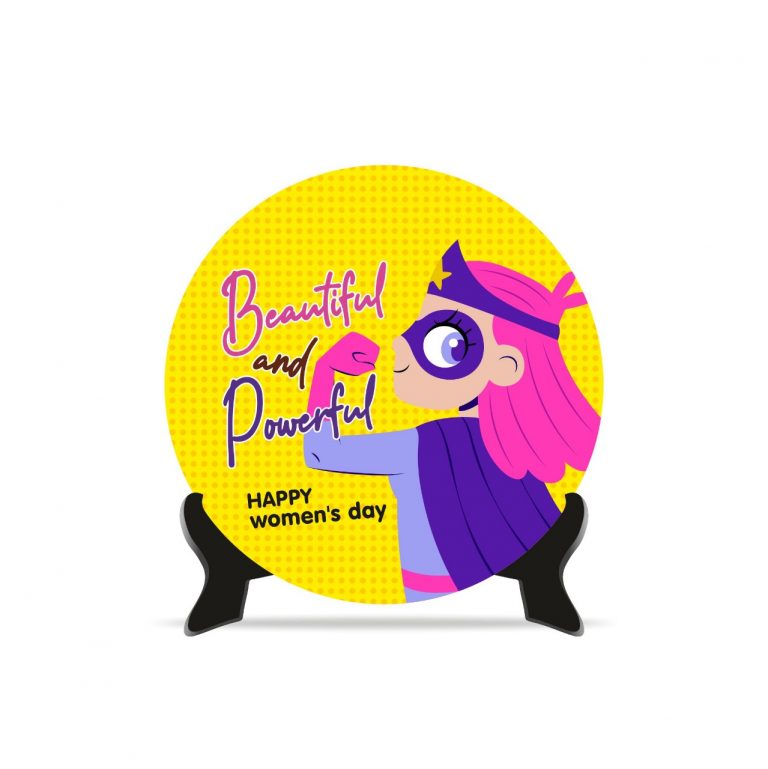We are already witnessing the profound impact that millennials and the Gen-Z are making in the world and the workplace. From communication to culture, this new-age workforce is looking to transform everything – and companies are left with little to no option but to evolve and adapt to meet them where they want to be.
First, some characteristics: Millennials are “tech-savvy” and Gen-Zs are “tech native”. Not only that, they are more educated than others and more diverse than ever before, as per the Pew Research Center. When these members show up at work, they are authentic, casual, communicative, and likely to bring their whole selves. Employers are acknowledging and bringing about a change in themselves, rather than forcing them to conform to a professional context.
Here are different ways the millennials and Gen-Z are influencing our workplace and how our culture and communication have changed forever – perhaps, for good or worse!
They are their true selves
This new generation of workforce values transparency, honesty, and recognition at work. There is absolutely no difference between who they are in their real lives and work, and this is evident from how they speak, dress, and put forth their opinion among peers and subordinates. Having witnessed life-altering events like 9/11, a global pandemic, climate change, and “endless” wars, both millennials and Gen-Zs are more socially and environmentally aware as compared to the generations before, and studies have attested to this fact.
They understand the influence they have both over the employment and economy and prefer to waste no time getting started; once, or occasionally multiple times. No wonder every one in four worker switched jobs at an increased pace between 2020-21. From among this workforce, 25% were identified as millennials and 33% as Gen-Z, according to a study published by IBM in 2021. In fact, a report on the millennial generation revealed by Gallup observed that every six in ten millennials are open to exploring new job opportunities and belong to the least engaged generation at the workplace. When the younger workforce sees what seems to be a better opportunity, they turn all the tides in their favor to grab it.
Considering the bigger picture, younger people including those in their 30s and 40s have shown the highest potential to take risks and shift jobs when compared to the older workforce who are more settled in their careers. The post-pandemic phase is showing a lot of changes and fused with strong economic growth in the coming years, people are not afraid to change jobs anymore. Interestingly, the younger workers are building skills and training to market themselves as competition continues to rise. Truth be told, this new-age workforce is not only seeking job mobility but are also looking for flexible and remote work schedules, a trend that has come into the limelight amidst the COVID-19 pandemic.
The outcome is more fruitful discussions among executives about how to implement flexible work culture, less stringent norms for grooming and job attire, more forthright corporate messaging, and a broader mutual understanding of what it means to be both productive and professional.
They are casual yet career-oriented
Millennials and Gen-Z are the first to have seen and used smartphones since childhood. Consequently, they are used to constant connectivity, let it be through texts, chats, in-app comments, or social media. Thus, there is also a quick switching between friends, work, family, and other modes. Having access to different sources of communication continuously has turned them expressive and helped convey sentiments, be it with a family member, co-worker, or client. This approach is quite contrasting to what the older workforce has witnessed or practiced.
The benefit? Work-communication no longer remains buttoned-up. The gap that existed between an employer and an employee has almost vanished. Millennials and Gen-Z have rightfully shown how we can talk about things more transparently and have fun while doing it, without necessarily putting on the fake “good employee” mask. And that, indeed, is a real change!
Related Posts
They are all about diversity, equity, and inclusion in the workplace
Increasingly, we are witnessing both small and large organizations making pledges of diversity, equity, and inclusion in their mission statements. This is a good sign to create a positive impression on potential candidates, but it’s limited to being a commitment on paper.
Gen-Z and millennials demand action. A 2020 Monster survey revealed that 83 percent of Gen-Z job applicants said that an organization’s commitment to diversity and inclusion is critical when choosing an employer. The younger workers expect and demand that their employers take a strong public stand against regressive politics, racism, and violence that disturb the progress made in the past few decades. They want to see how your words are translating to action and how your actions are inducing a DE&I strategy that encourages progressive social change inside and outside of your doors.
A McKinsey report observed that companies with ethnically diverse decision-making teams were 33% more likely to outdo their peers. And perhaps the biggest advantage has been that diverse organizations are better able to attract and retain the talent they need, particularly when it comes to millennials and Gen-Z.
To sum it up
The present-day workforce is the consumer of the workplace, and employers must realize that they are willing to scrutinize and pursue opportunities with other companies. Most leaders consider workplace culture as something that emerges and evolves on its own. But the reality is, they can be as structured and intentional about culture as they can be about their business. So, for the employers, the challenge is not only to create a culture that resonates with workers of all generations but to also take timely actions whenever and wherever necessary to retain their existing employees.
Generational Divides in the Workplace : Infographic
This infographic was created by Goodwill Car
Donations










